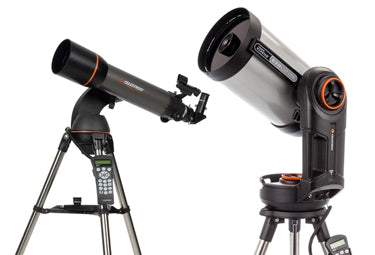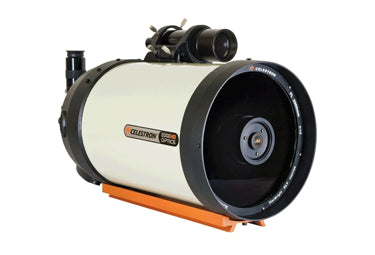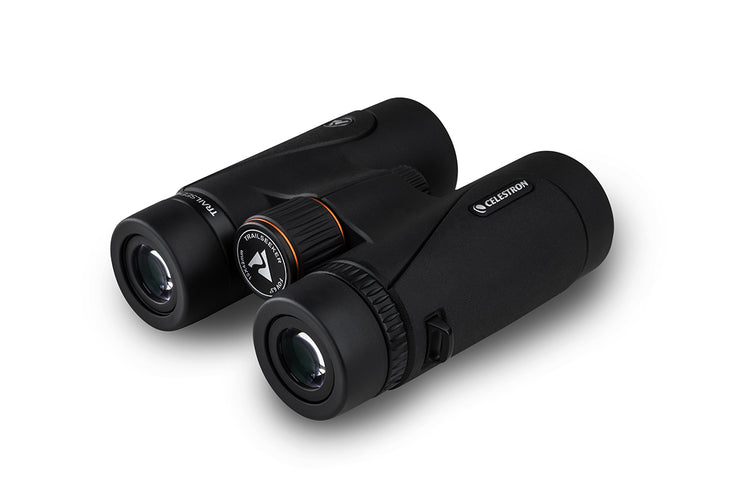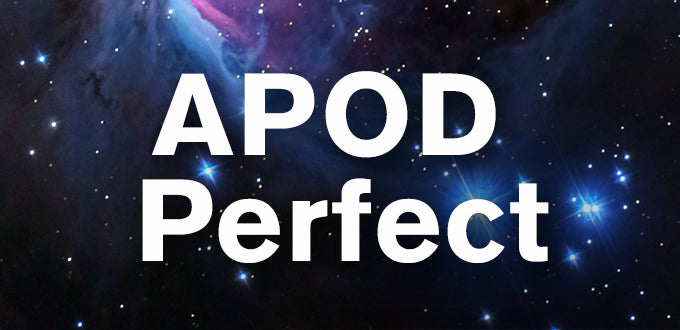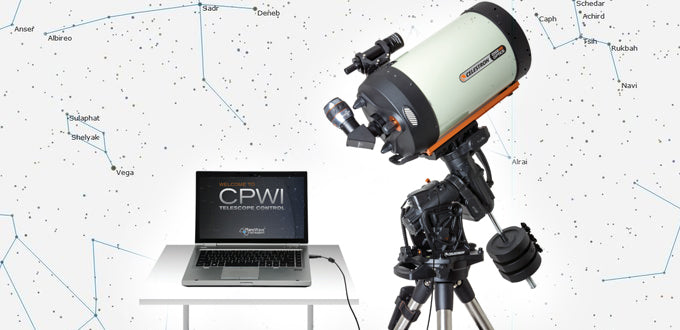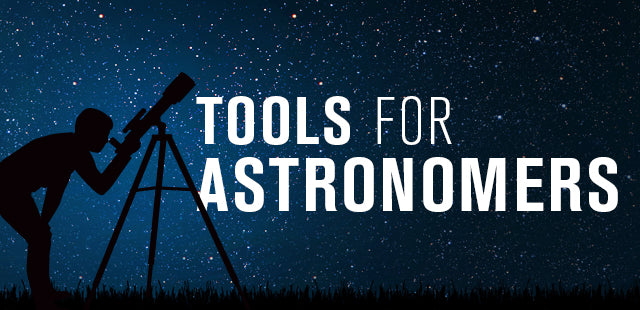What is UTC? How can I use it to observe objects?
November 18, 2021

Usually, when you hear about an upcoming celestial event, the time of the event is expressed in terms of UTC. But what does this mean, and how can UTC help us plan our observing session?
UTC is the abbreviation for Coordinated Universal Time. It is the primary time by which the world regulates clocks and time. Since it is a time standard, not a time zone, UTC does not observe Daylight Saving Time and is written using a 24-hour clock. For example, based on the map below, Celestron Headquarters in Torrance, California, is in the time zone UTC minus eight. This means that the time in Torrance is 8 hours earlier than the reading on a UTC clock, except during Daylight Saving Time, when it is 7 hours earlier.

The History
The idea behind UTC was conceived in the late 1800s when business along railroads and shipping lines became more prominent. Before then, the time of day was contingent on the clocks in your exact location, making it difficult to conduct business across great distances.
In 1884, delegates from 21 countries adopted Greenwich Mean Time or GMT as the worldwide standard. Today, GMT is a time zone—the time at the Royal Observatory in Greenwich, England, which lies at 0° longitude, also known as the Prime Meridian.
As timekeeping technology improved over the subsequent decades, Universal Time (UT) and Coordinated Universal Time (UTC) replaced Greenwich Mean Time as the standard. It wasn’t until the early 1970s that the official standard for UTC was set using sophisticated atomic clocks.
Using UTC in Astronomy
Astronomers use UTC to let the public know when to image or observe celestial events (i.e., “Saturn will reach opposition at 18:35 UTC”). You will need to add or subtract from UTC according to your time zone to know when the event will be visible from your location.
UTC Conversion Cheat Sheet for North America and Hawaii
|
|
|
|
UTC |
HST |
ALST |
PST/ |
PDT/ |
MDT/ |
CDT/ |
EDT/ |
|
(Zulu) |
ALDT |
MST |
CST |
EST |
AST |
||
|
0000* |
1400 |
1500 |
1600 |
1700 |
1800 |
1900 |
2000 |
|
100 |
1500 |
1600 |
1700 |
1800 |
1900 |
2000 |
2100 |
|
200 |
1600 |
1700 |
1800 |
1900 |
2000 |
2100 |
2200 |
|
300 |
1700 |
1800 |
1900 |
2000 |
2100 |
2200 |
2300 |
|
400 |
1800 |
1900 |
2000 |
2100 |
2200 |
2300 |
0000* |
|
500 |
1900 |
2000 |
2100 |
2200 |
2300 |
0000* |
100 |
|
600 |
2000 |
2100 |
2200 |
2300 |
0000* |
100 |
200 |
|
700 |
2100 |
2200 |
2300 |
0000* |
100 |
200 |
300 |
|
800 |
2200 |
2300 |
0000* |
100 |
200 |
300 |
400 |
|
900 |
2300 |
0000* |
100 |
200 |
300 |
400 |
500 |
|
1000 |
0000* |
100 |
200 |
300 |
400 |
500 |
600 |
|
1100 |
100 |
200 |
300 |
400 |
500 |
600 |
700 |
|
1200 |
200 |
300 |
400 |
500 |
600 |
700 |
800 |
|
1300 |
300 |
400 |
500 |
600 |
700 |
800 |
900 |
|
1400 |
400 |
500 |
600 |
700 |
800 |
900 |
1000 |
|
1500 |
500 |
600 |
700 |
800 |
900 |
1000 |
1100 |
|
1600 |
600 |
700 |
800 |
900 |
1000 |
1100 |
1200 |
|
1700 |
700 |
800 |
900 |
1000 |
1100 |
1200 |
1300 |
|
1800 |
800 |
900 |
1000 |
1100 |
1200 |
1300 |
1400 |
|
1900 |
900 |
1000 |
1100 |
1200 |
1300 |
1400 |
1500 |
|
2000 |
1000 |
1100 |
1200 |
1300 |
1400 |
1500 |
1600 |
|
2100 |
1100 |
1200 |
1300 |
1400 |
1500 |
1600 |
1700 |
|
2200 |
1200 |
1300 |
1400 |
1500 |
1600 |
1700 |
1800 |
|
2300 |
1300 |
1400 |
1500 |
1600 |
1700 |
1800 |
1900 |
|
2400 |
1400 |
1500 |
1600 |
1700 |
1800 |
1900 |
2000 |
*0000 and 2400 are interchangeable. 2400 is associated with the date of the day ending, 0000 with the day just starting.




